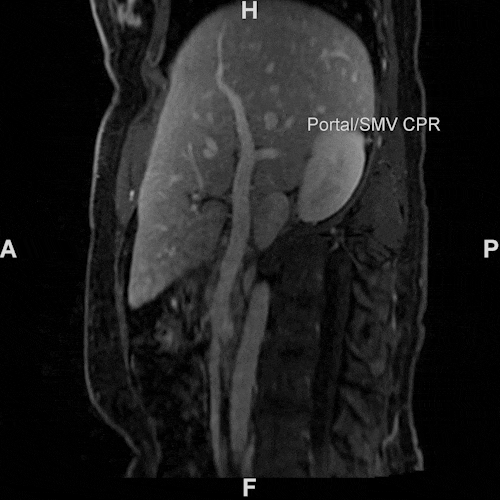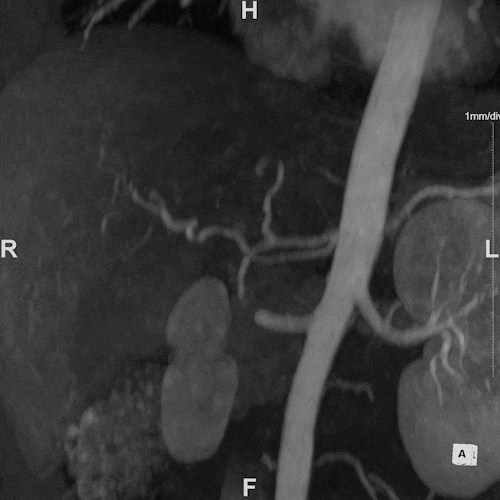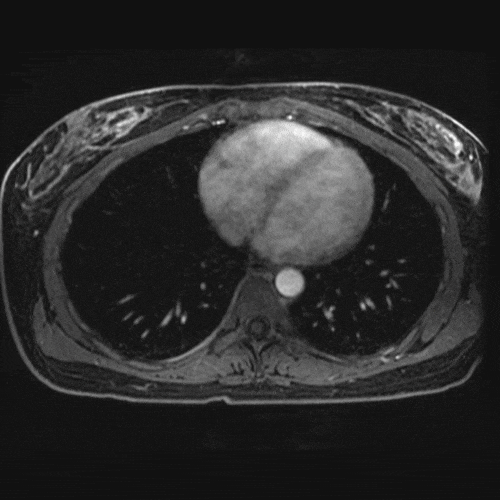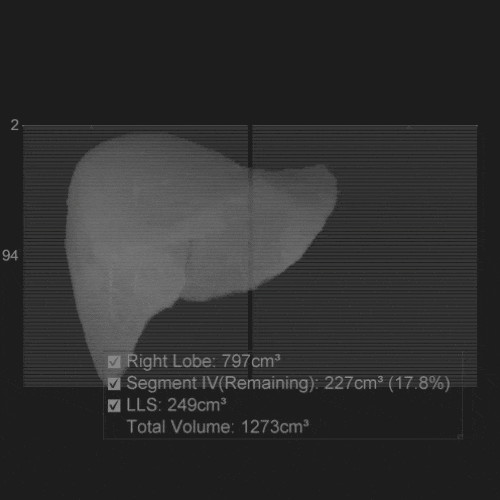The 3DQ Lab was recently presented a case of living related donor liver transplantation, where a patient volunteered to donate part of their liver to a relative with late-stage liver failure. Symptoms like jaundice, ascites, fatigue, and mental confusion are often encountered in late-stage liver failure, prompting urgent medical intervention. The liver’s unique regenerative ability allows this transplantation procedure, as it allows both the donor’s and recipient’s liver portions to regrow to full size in a matter of weeks to months. Living donor liver transplantation offers significant advantages over deceased donor transplantation, such as shorter wait times, better outcomes, and the ability to plan the surgery.
Recipient & Donor Evaluation
An initial screening was performed to assess the general health, blood type compatibility, and liver size of both individuals. A psychological assessment was made to ensure the individuals were mentally sound, fully-informed, and consented to donation without any external pressure. Both patients proved to be in relatively good overall health, with the recipient being free of certain cancers, severe heart or lung disease, or active substance abuse. Furthermore, the donor had a functional liver test performed, and the 3DQ Lab provided images for vascular compatibility.
Vessel compatibility evaluation ensures adequate blood flow to the transplanted organ, a crucial factor for its function and survival. Incompatible vessels can lead to serious complications like thrombosis (blood clots), which obstruct blood flow and can cause organ failure. Matching the size and structure of the donor and recipient vessels is essential to avoid issues like leaks or blockages at the connection sites. Furthermore, compatible vessels contribute to a reduced risk of organ rejection and are integral to the surgical success, as they allow for the effective connection of the organ’s blood vessels to those of the recipient, ensuring the organ’s proper integration and function.
3D Imaging
The 3DQ Lab provided the donor patient images below:

Figure A – Hepatic CPRs
Curved Planar Reformations (CPRs, learn more here) were used to delineate the size, shape, and structure of the blood vessels within the liver. These were used to assess vessel compatibility with the recipient and ensure proper blood supply to the transplanted liver.

Figure B – Maximum Image Projections (MIPs)
MIPs were used to enhance blood vessel visibility and identify anatomical variations in the liver’s structure, thereby assisting surgeons with pre-surgical planning.

Figure C – MIP Liver Volumes
Adequate liver volume remaining in the donor post-donation is essential for liver function and regeneration, usually requiring 30-40% of the original volume. The transplanted liver must also be large enough to meet the metabolic needs of the recipient, an assessment called graft-to-recipient weight ratio (GRWR) is used to determine this pre-surgery.

Figure D – Volume Reconstructions (VRs)
VRs, similarly to MIPs, aided in surgical planning by providing detailed 3D liver visualizations used for mapping vascular and biliary structures, thereby reducing surgical risks.

Figure E – Segmented Batch
This segmented batch displays the medical imaging of the donor’s liver highlighted in teal and _ in yellow. This information was used to give another view of the liver vasculature and shape, as well as displaying nearby anatomical structures. Learn more about batches here.

Figure F: Colorized Segmented Batch
The lobes of the liver were highlighted in teal (right lobe), magenta (caudate lobe), and yellow (left lobe). This is useful for identifying the blood supply and volume of each lobe.
3DQ Lab – Grant Building
3DQ Lab – Clark Building
Learn More About the Lab
Copyright © Stanford University



